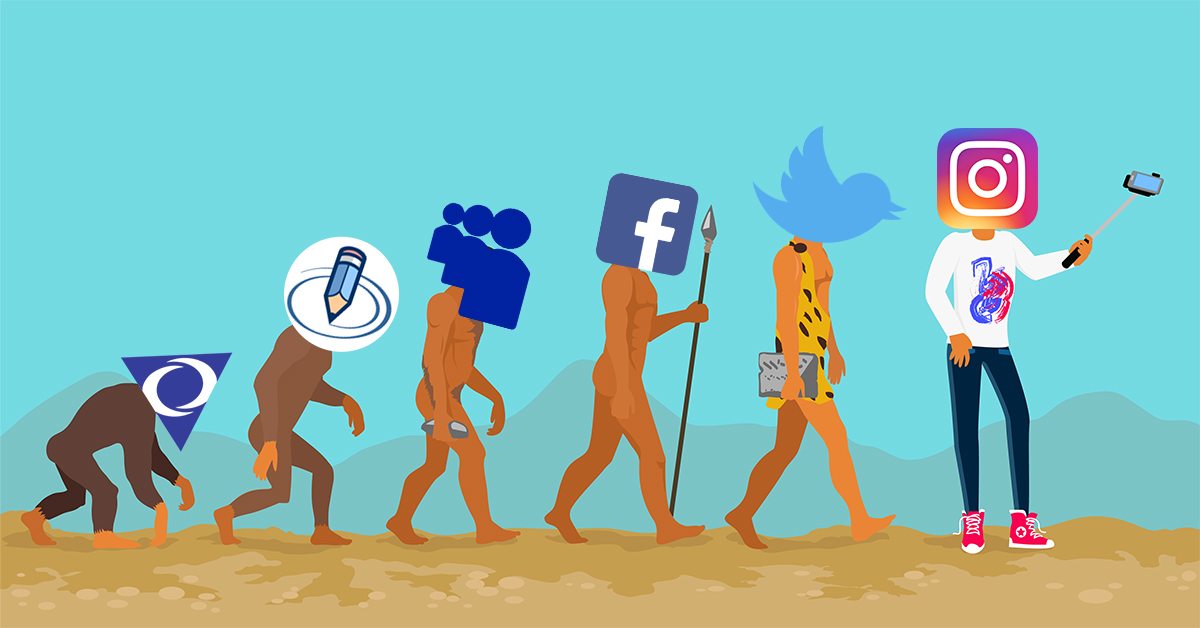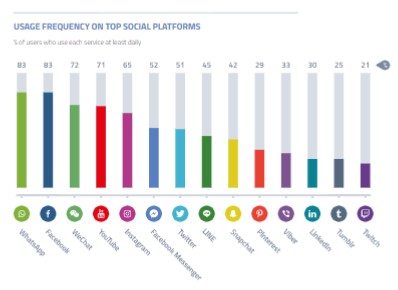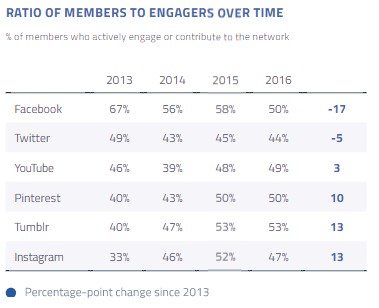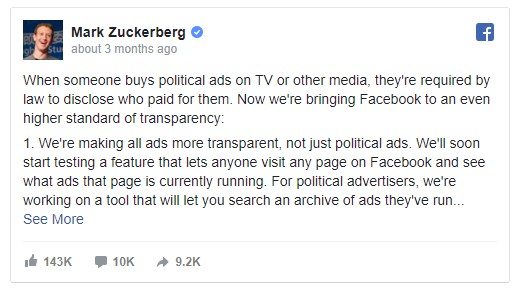
25 Jan How Social Media Changed in 2017
Just a few weeks into 2018 and we have already heard of at least one major change that Facebook is making changes to their algorithm. But before we get too far down the path of anticipating what is going to happen this year, let’s take a quick look back at some of the big changes that took place in social media in 2017.
Messaging Took Off
2017 was a big year for messaging platforms, specifically those owned by Facebook. According to Facebook, from January to November, Messenger posted 1.3B monthly users. On any given day, people participate in more than seven billion conversations on Messenger, 260 million of which are new conversations that were started that day.
Whatsapp and Messenger are about equal in terms of monthly users, but Whatsapp owns daily usage. According to Global Web Index, 83% of Whatsapp members use the app daily. Over 55 billion messages are sent each day on Whatsapp.

Some Channels Became Less Social
In the Spring, Pinterest announced that they were moving away from being a social network. They removed the ‘Like’ button and decided to focus on visual search. Since then, Pinterest has built out their Lens technology and search focused ad units.
In the Q3 Global Web Index Social Report, there was an increase in passive networking for Facebook and Twitter. Fewer people are actively engaging or contributing on these networks than they were in 2013. The reverse can be said about YouTube, Pinterest, Tumblr and Instagram with more people actively engaging on these channels.

The Major Channels added ‘Stories’
It wasn’t long before the other channels copied the original functionality of ‘Stories’ once owned by Snapchat.
Instagram added Stories in 2016, but their parent company, Facebook added them in March of this year. Needless to say, people haven’t really caught on to using Stories on Facebook, even when Facebook opened Stories to brand pages in October.
YouTube was the most recent channel to add a story-type feature. Their version is called ‘Reels’. As of December, Reels is still in beta testing. The functionality will allow users to compile up to 30 seconds of video clips with stickers, filters, music, text, and other design options.
Ad Transparency Became an Issue

The major networks received a lot of backlash in 2017 that put into question the source of certain ads. Twitter and Facebook updated their policies. The networks openly disclose who is running ads and if you are within the intended target audience. Facebook will require that all ads be associated with a particular page as part of the ad creation process. Twitter has partnered with the Media Rating Council (MRC) to audit its ad measurements so that brands can be assured of what they are buying.
Need some help keeping up with the trends? We would be happy to help!






